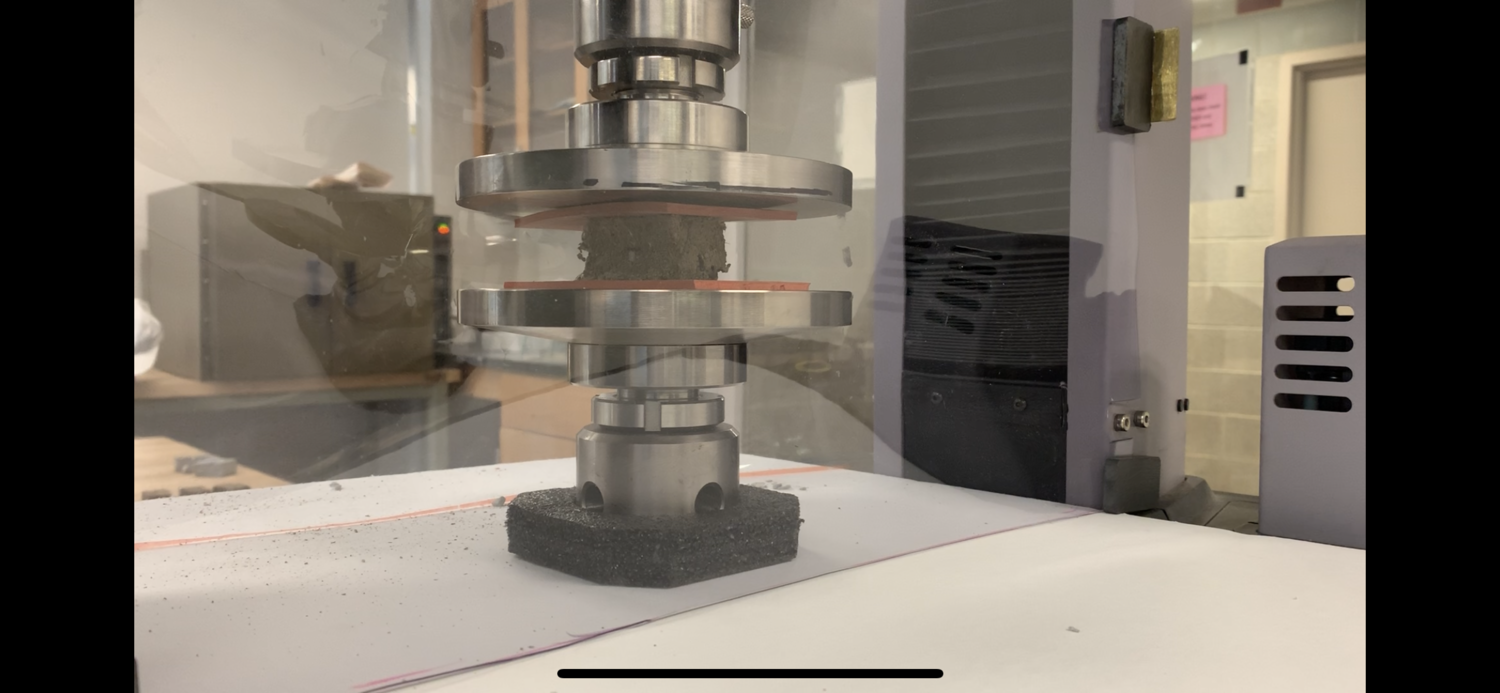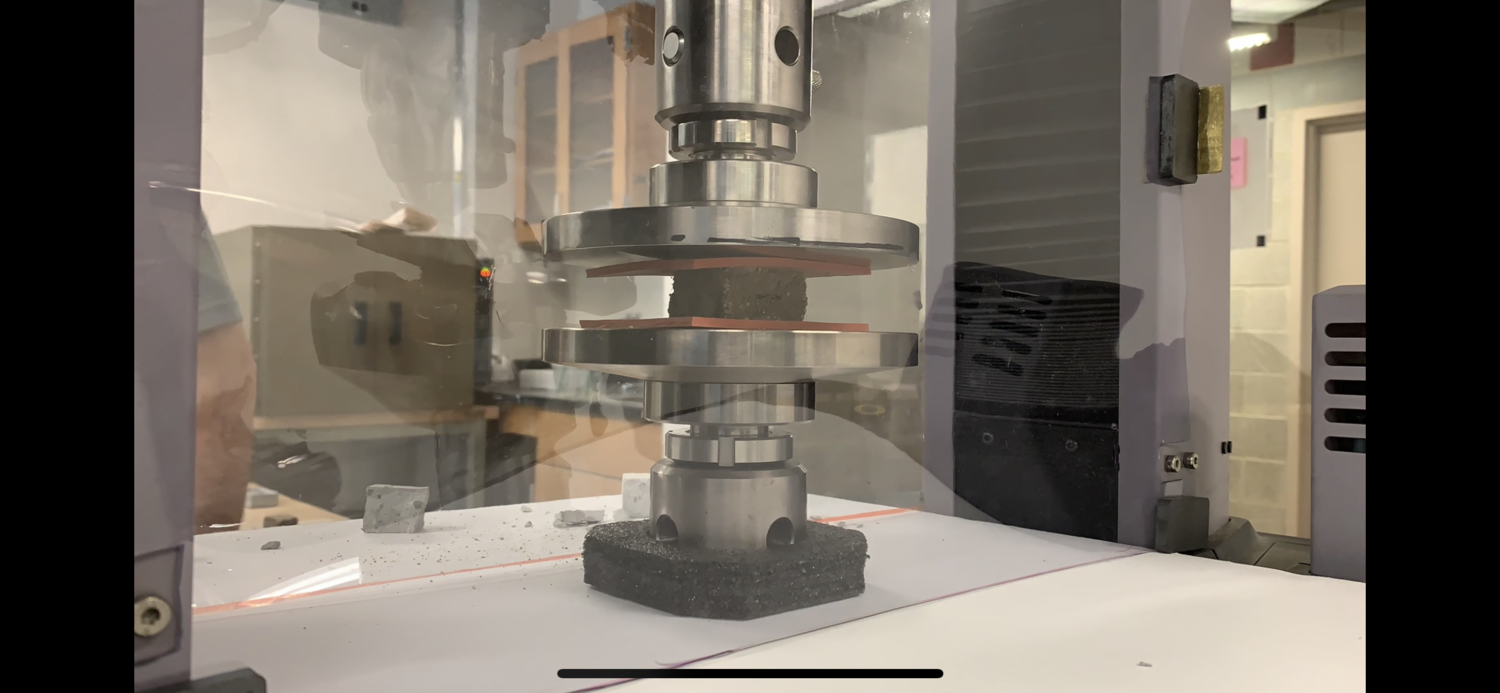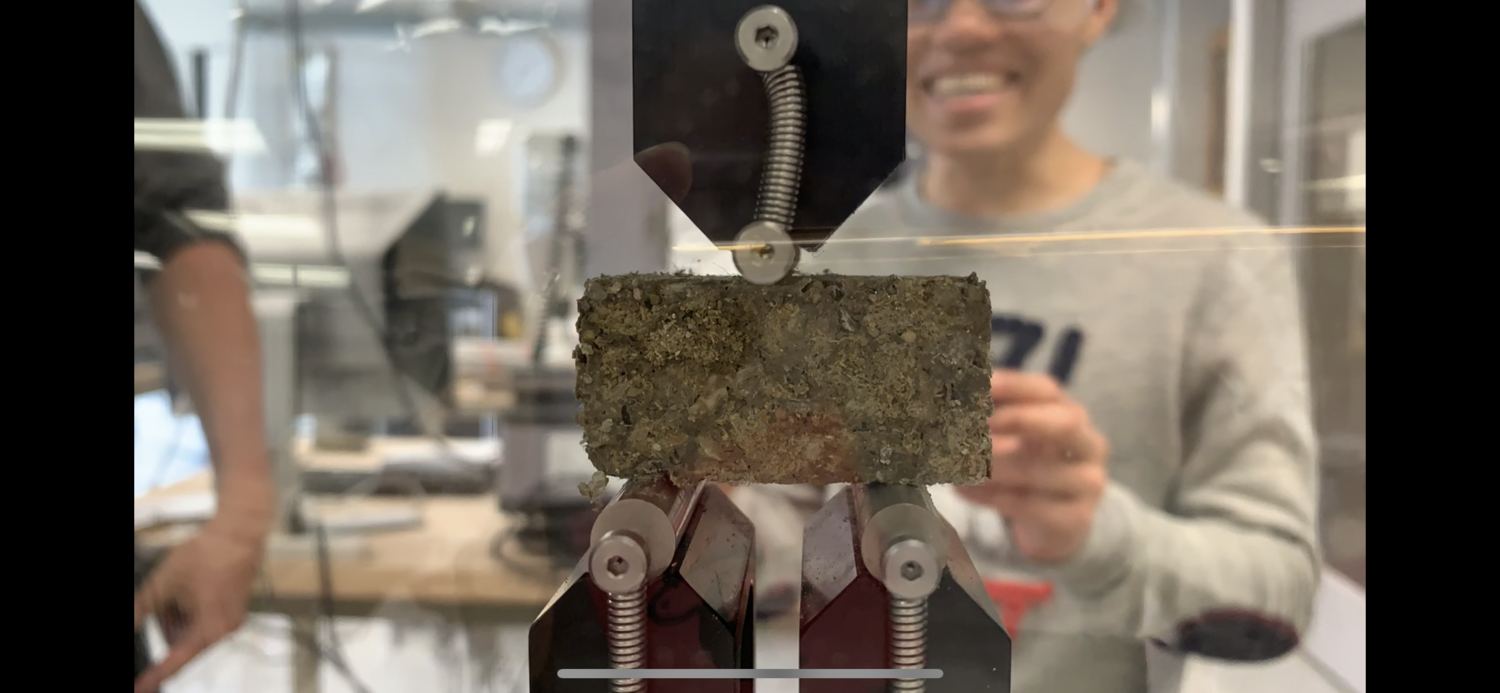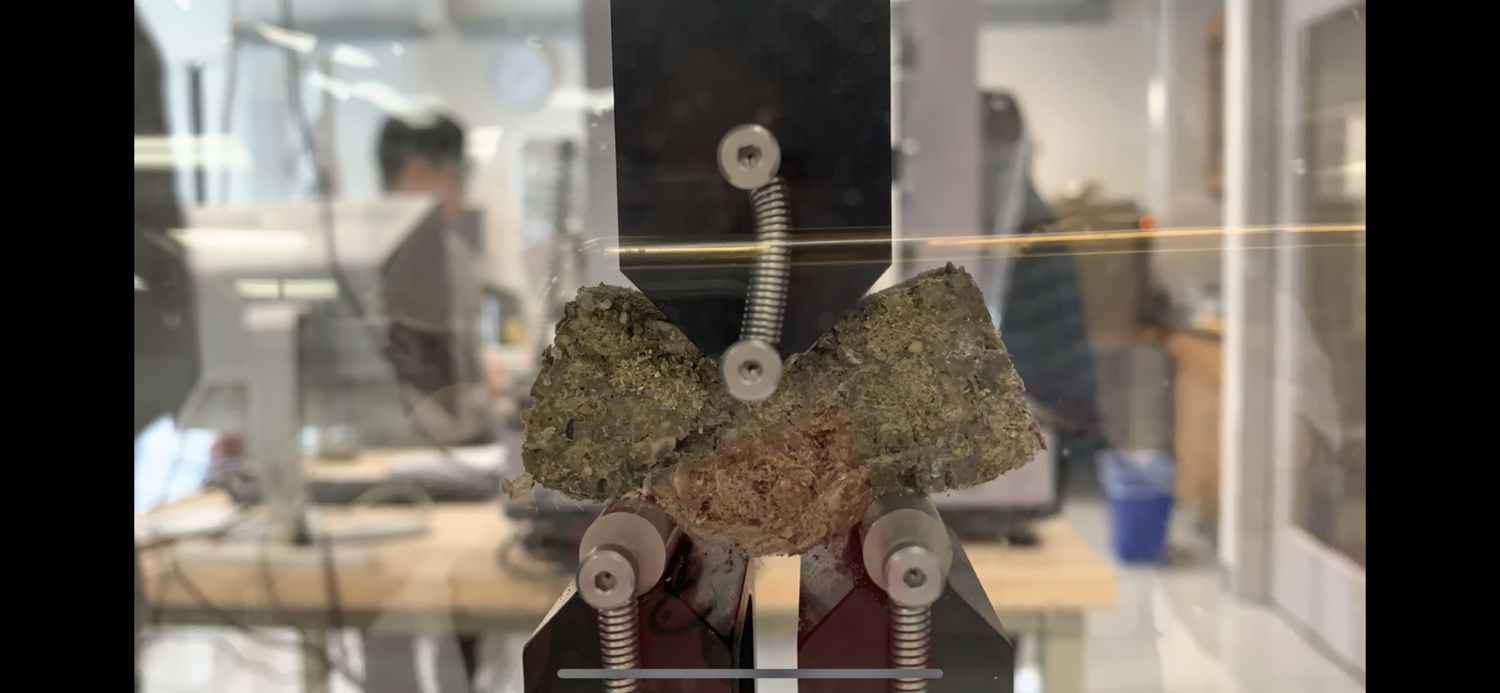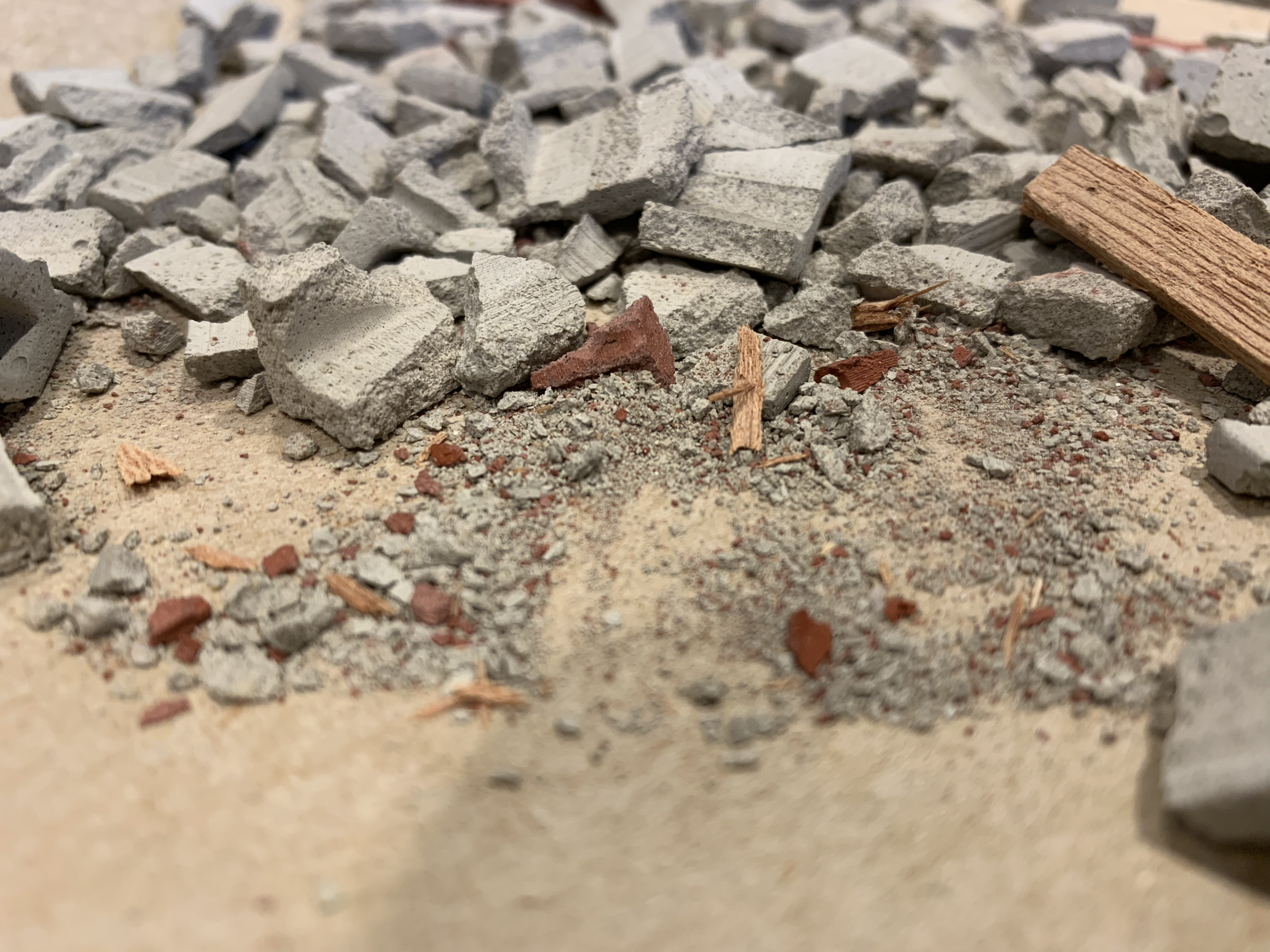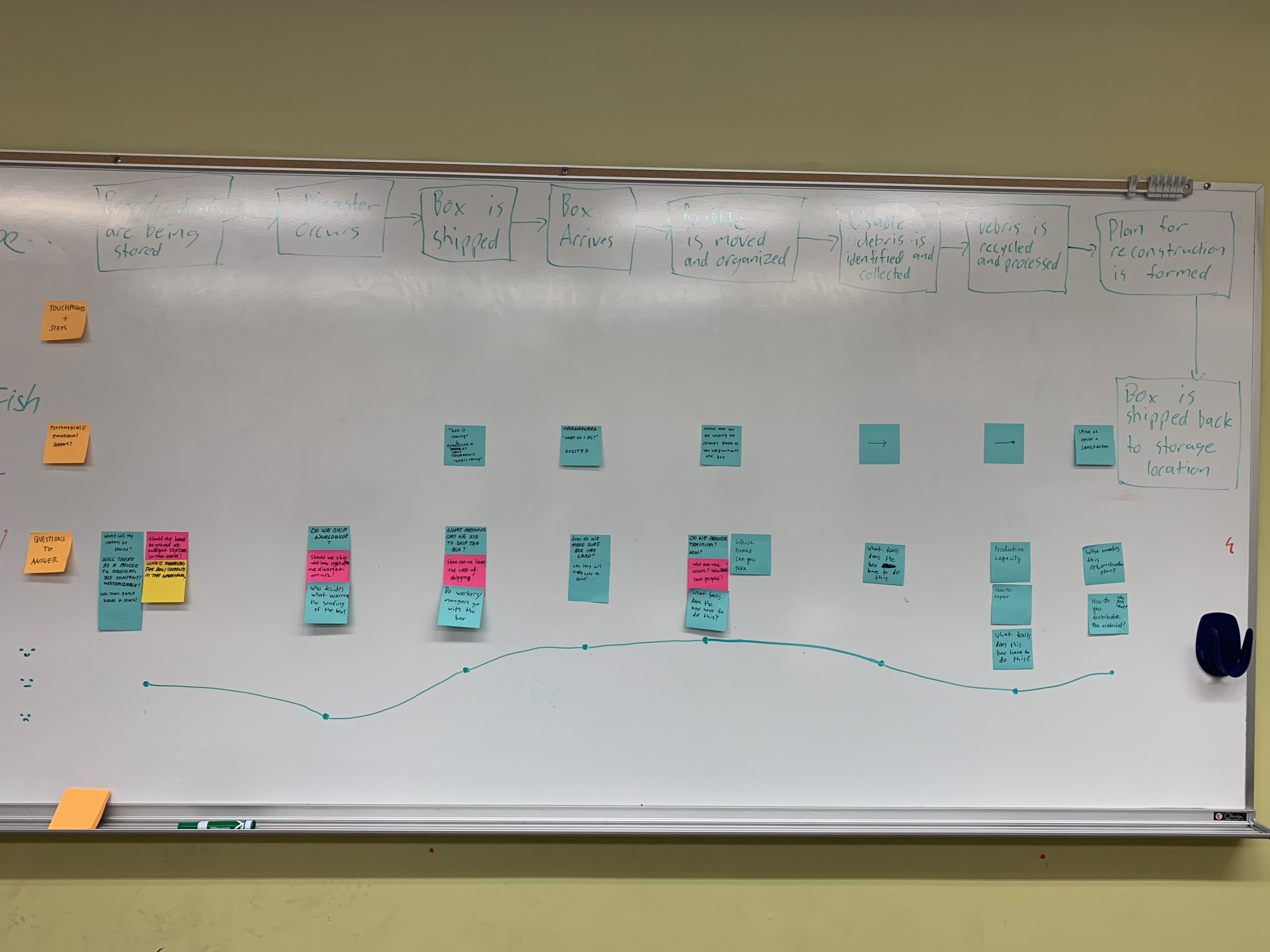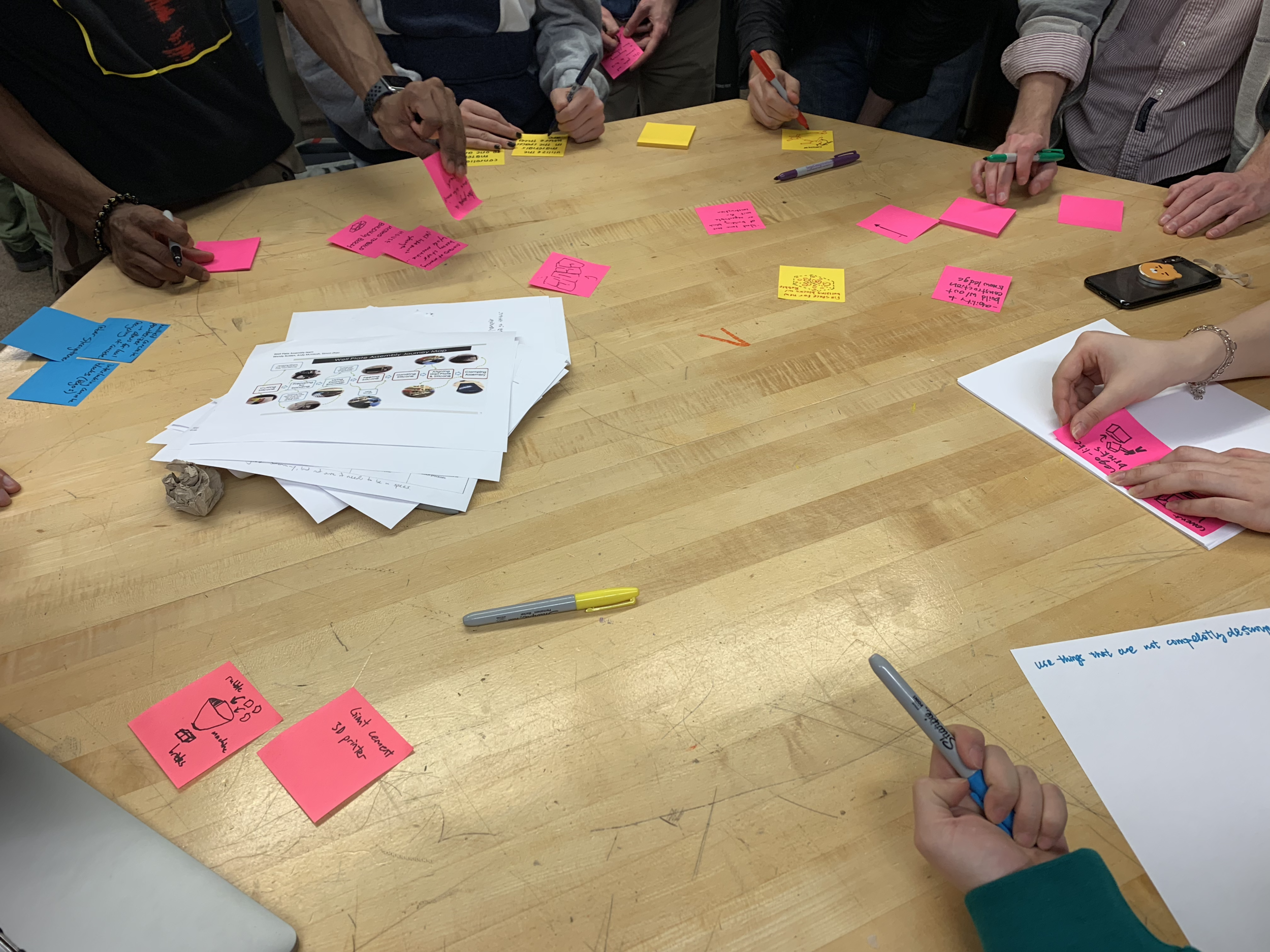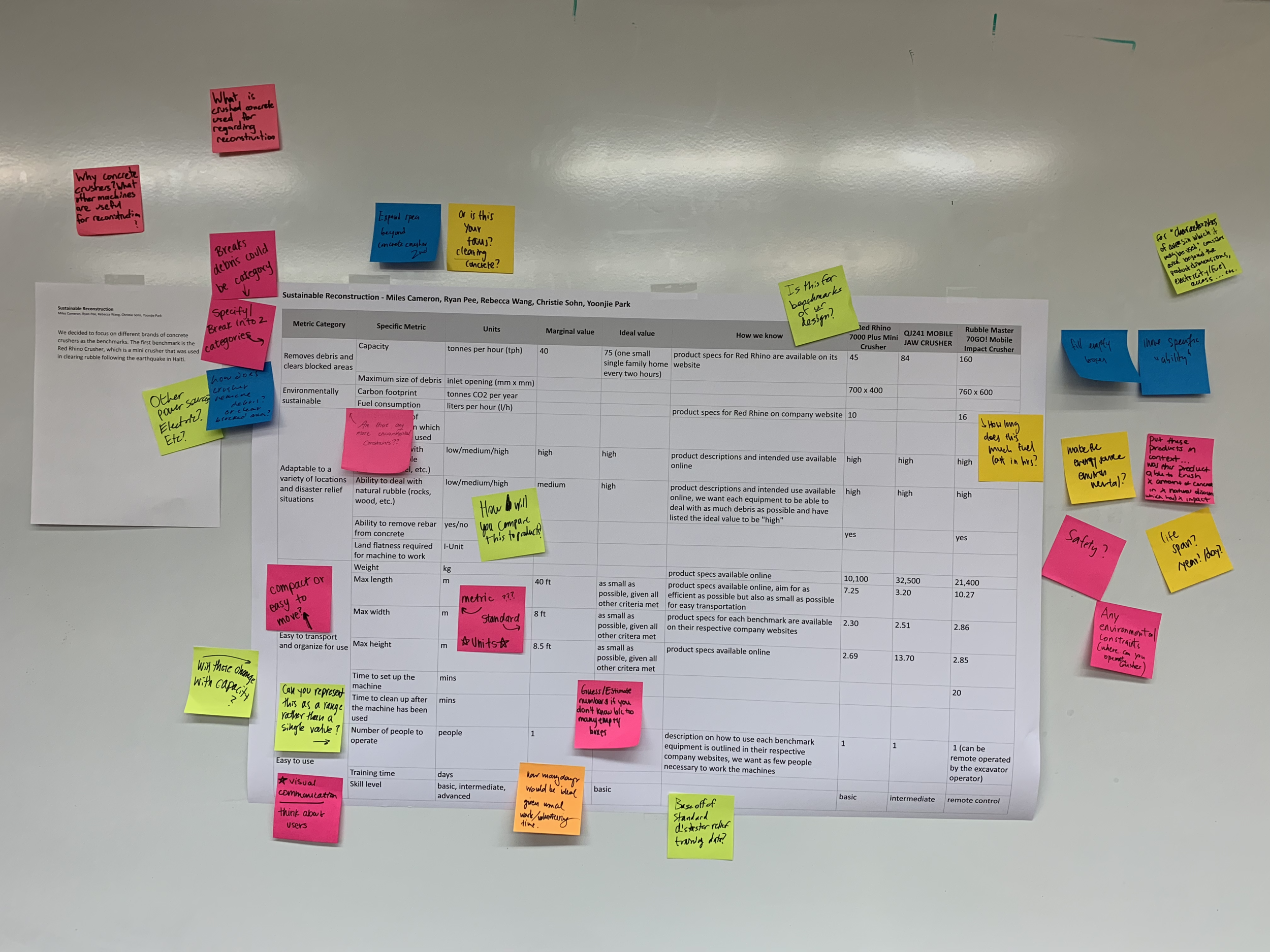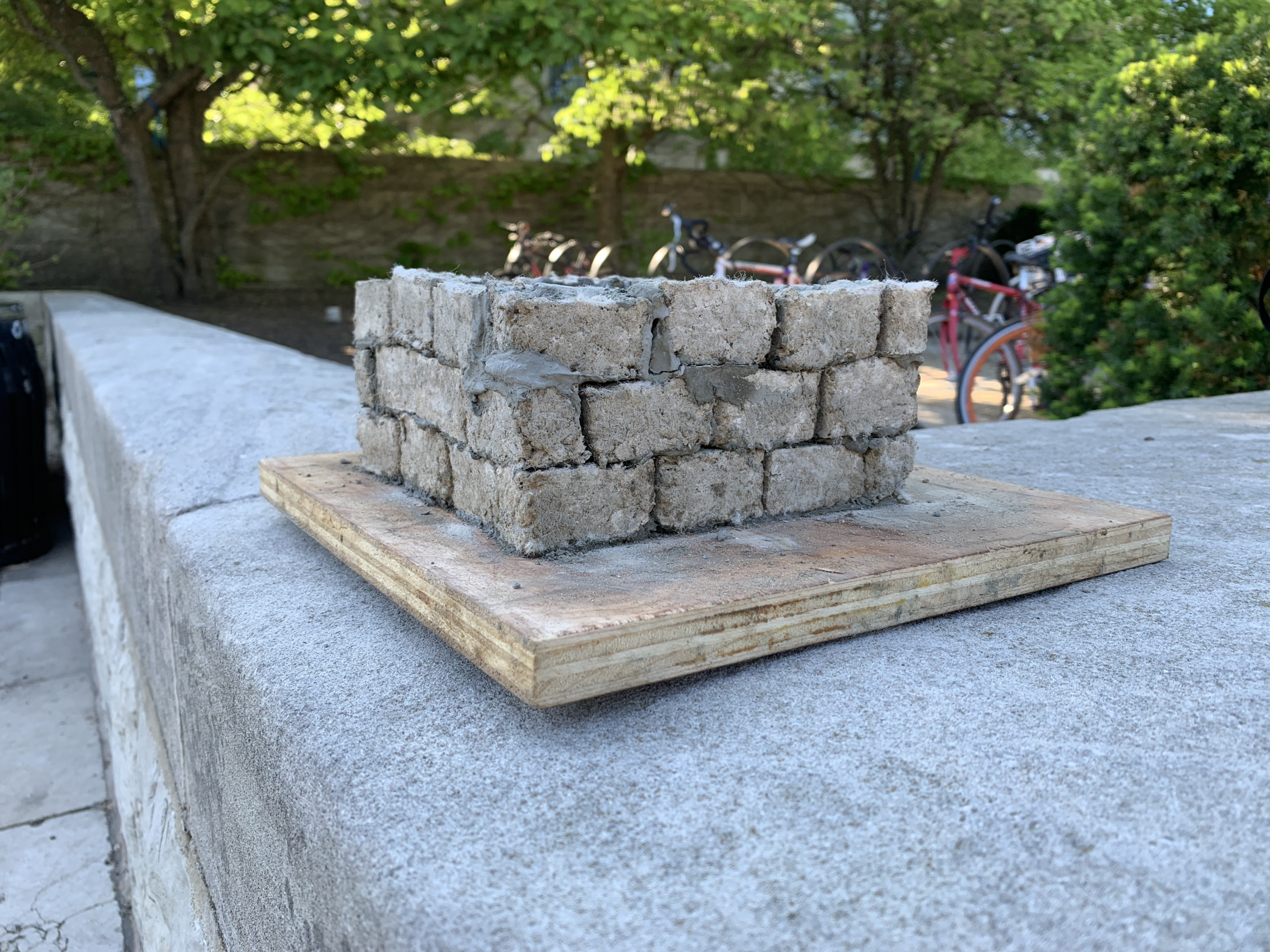composite concrete; a holistic process that alleviates the strain on our environment and provides an efficient way to begin reconstruction following a natural disaster
client
northwestern university
world wildlife fund (wwf)
duration
6 months
[ january - june 2019 ]
ROLE
design lead
user research lead
SKILLS
market research
expert interviews
journey mapping
design of experiments // factorial design
statistical analysis [minitab + spss]
materials selection
// the problem
researchers from northwestern university and the wwf have been studying sustainable reconstruction methods for post-disaster structures that are durable, reliable, economically affordable, and have a low- environmental impact. our task was to expand upon this effort, and we did so by targeting two issues related to the environment during reconstruction: debris management and materials sourcing.
// the process
a lot of time was spent scoping the project — the only prompt given was “sustainable reconstruction”, and we were given the freedom to find our own project in that space. we used numerous tools to better understand the pain users were experiencing, as well as problems that there were with current solutions.
the first part of the project consisted of creating composite concrete blocks using common debris materials. the materials used were cement, recycled concrete aggregate, low density polyethylene, SAWDUST, AND WATER. Three factors were varied:
percentage of wood used as aggregate
percentage of polyethylene used as aggregate
water/cement ratio
a FULL FACTORIAL EXPERIMENT WAS CONDUCTED In order to understand the effects of different factors and their interactions. ONCE ALL OF THE BLOCKS WERE MADE, COMPRESSION AND THREE-POINT-BENDING TESTS WERE CONDUCTED TO DETERMINE VALUES OF THEIR COMPRESSIVE STRENGTH AND MODULUS OF ELASTICITY. statistical analysis was then conducted to conclude what the effects of each factor was, as well as if there were any interaction effects between factors. based on these results, comparisons between these composite concrete blocks and conventional concrete blocks were drawn.
the second half of the project consisted of determining the production procedure for a large-scale operation, as well as drawing conclusions on the labour force needed. design recommendations for actually building with these composite blocks were also made, based on results from surveys sent out to members of the northwestern community. these recommendations included building styles, colour of the blocks, and human-centred qualities that should be kept in mind.
// the solution
the solution included report which is a guideline comprising a suggested range of compositions for the different types of debris as aggregate, a look into other unique materials properties for designing future blocks, an introduction to a procedure for producing this composite concrete, and recommendations on its applications.
